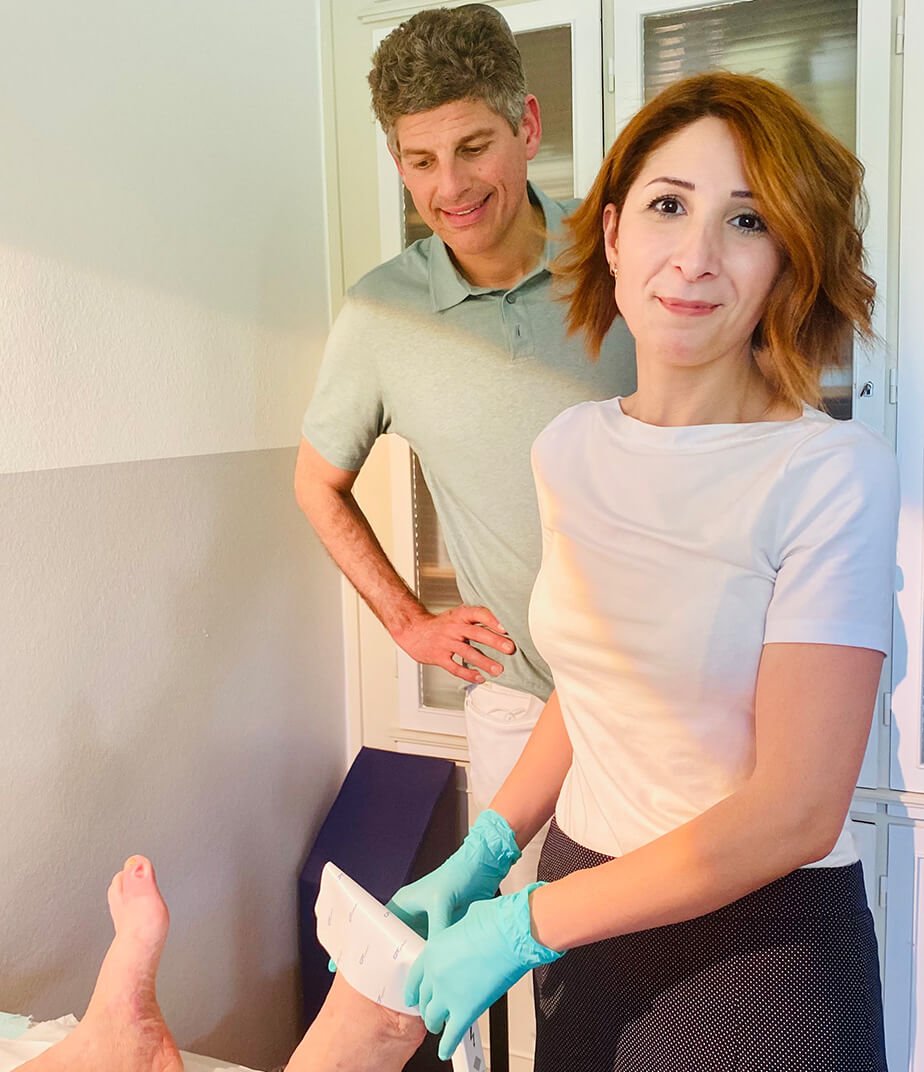For successful wound treatment, it is important to consider not only the wound but also the entire health situation, from secondary diseases to the patient's living situation. This is only possible with a multiprofessional approach that considers the medical side as well as the nursing and social components, with the goal of closing the wound.
If a wound does not heal, there is a reason for it. Often, a vascular circulatory disorder is behind it - for example, diabetic foot syndrome - which leads to an undersupply of oxygen and nutrients to the wound area.
Impaired cardiac or renal performance or autoimmune and skin diseases can also interfere with wound healing. The first step is to diagnose and treat the underlying disease.
Other common forms of chronic wounds are venous leg ulcers or bedsores, the so-called decubitus. What they have in common is that blood circulation in the wound area is disturbed and must be restored as the first goal of treatment.
Not all wounds are the same
Parallel to the so important treatment of the underlying disease, the wound is specifically treated. "Wound treatment usually begins with cleaning the wound. For this, the medical colleagues use various procedures," explains Felix Grassoff from the MeckCura nursing service. "For example, a wound can be cleaned surgically, biomechanically or ultrasound-guided. The procedures can also be linked together."
Another important aspect is dressing technique and dressing material, which decisively support wound healing. In fact, the care of chronic wounds differs greatly in this respect from the treatment of a simple, complication-free acute wound, such as a superficial cut.








